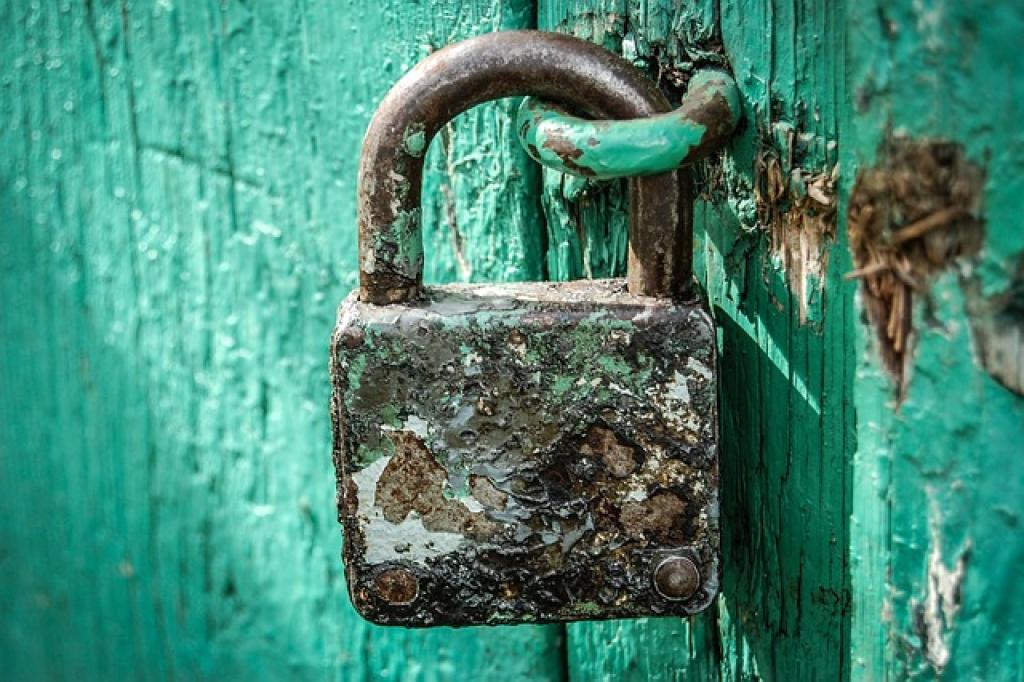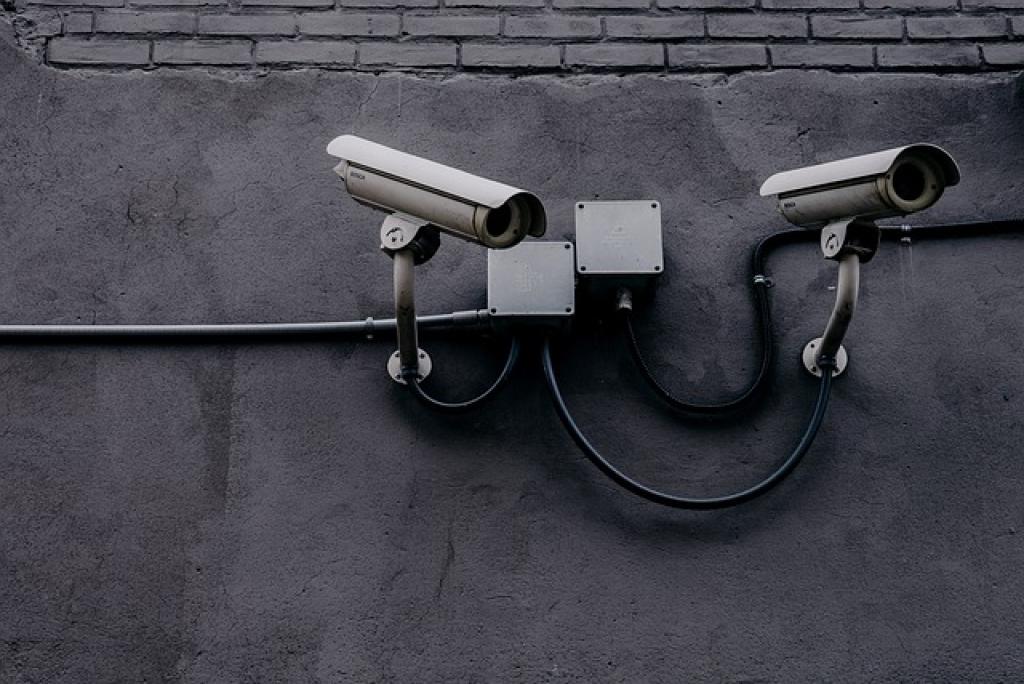
Enhancing Security Measures for Business Parks and Industrial Zones
In today’s rapidly evolving world, safeguarding business parks and industrial zones has never been more crucial. These areas are bustling hubs of activity, housing valuable assets and critical infrastructure, making them prime targets for security threats.
Implementing robust security measures not only protects the physical premises but also ensures the safety of employees and visitors. It builds trust with stakeholders and boosts the overall reputation of the facilities.
From state-of-the-art surveillance systems to advanced access controls, the strategies to enhance security are diverse and ever-changing. The need for a comprehensive approach that incorporates both traditional methods and cutting-edge technology is paramount.
Let’s dive into the essential security enhancements that can transform how these critical spaces operate, ensuring they remain secure, efficient, and resilient against potential risks.
Understanding the Security Needs of Business Parks and Industrial Zones
Each business park and industrial zone is unique, with its own set of security challenges and needs. The first step in enhancing security is understanding these specific requirements.
Business parks are often home to a mix of offices, retail spaces, and public areas. This diversity can create vulnerabilities, requiring a tailored security strategy that addresses everything from petty theft to cyber threats.
Industrial zones, on the other hand, are mostly comprised of manufacturing plants, warehouses, and logistics hubs. Here, the focus often shifts to safeguarding valuable equipment, raw materials, and supply chain continuity.
Key Considerations in Security Assessment
A thorough risk assessment is vital. Identify potential threats, assess current security measures, and understand the daily operations within these zones.
Employee safety and access control are critical factors. Ensuring that only authorized personnel enter specific areas can prevent both intentional and accidental breaches.
Additionally, consider the integration of technology. Surveillance cameras, motion detectors, and real-time alerts can greatly enhance situational awareness.
By clearly identifying and understanding the distinct security needs of these areas, businesses can implement more effective and efficient measures that cater to their unique environments.
Implementing Access Control Systems for Enhanced Security
Access control systems are a cornerstone of any robust security plan. They help ensure that only authorized individuals can enter specific areas, thereby mitigating potential security breaches.
These systems vary widely, from simple keycard access to advanced biometric scanners. The choice depends on the level of security required and the specific needs of the facility.
Types of Access Control Systems
Keycard and PIN-based systems offer a basic, yet effective means of regulating entry. They are particularly useful in environments where changes to access permissions must be made quickly.
For higher security zones, biometric technologies such as fingerprint readers or facial recognition provide enhanced protection. These systems offer not only improved accuracy but also ease of use.
Integration with other security measures is crucial. Combining access control with surveillance systems allows for comprehensive monitoring and quick response to irregularities.
Training personnel to use these systems efficiently can significantly impact their effectiveness. Regular audits and updates ensure that the systems remain current and capable of handling emerging threats.
Incorporating robust access control systems is essential for any business park or industrial zone aiming to protect its people and assets, while still maintaining a seamless flow of operations.
Surveillance and Monitoring Solutions to Safeguard the Area
Effective surveillance and monitoring systems are vital components of security in business parks and industrial zones. These technologies serve as both a deterrent to potential threats and a tool for timely intervention.
Modern surveillance solutions include high-resolution cameras, night vision capabilities, and advanced motion detection. These features ensure comprehensive coverage and accurate monitoring, even in challenging conditions or low-light environments.
A key advantage of contemporary systems is their ability to offer real-time surveillance. Security teams can monitor live feeds remotely, enabling faster response times to incidents or suspicious activities.
Additionally, integrating these systems with centralized security platforms enhances their efficacy. By linking surveillance with other security measures, such as access control and alarms, businesses can create an interconnected network that provides a holistic view of the area’s security status.
Recording and storage solutions further strengthen these systems by providing valuable documentation that can be reviewed and analyzed post-incident. This helps in policymaking and refining security strategies.
Building a resilient surveillance and monitoring framework isn’t just about installing cameras—it’s about creating an ecosystem that maximizes safety and security for everyone in these critical environments.
Guard Patrols and Response Protocols for Immediate Action
While technology plays a massive role in security, the human element remains indispensable. Guard patrols offer a physical presence that not only deters potential threats but provides reassurance to employees and visitors alike.
Effective patrols are strategically timed and cover all critical areas to ensure maximum visibility. Guards should be equipped with communication devices, enabling swift coordination and reporting of incidents.
The Importance of Training and Coordination
Thorough training is crucial. Guards need to be well-versed in emergency response protocols and equipped to handle various situations, from conflict resolution to fire safety.
Response protocols are an essential part of maintaining a secure environment. Having clear, pre-defined procedures ensures that incidents are handled efficiently and professionally. This reduces uncertainty and confusion during critical moments.
Incorporating technology into patrol operations can further enhance effectiveness. Mobile apps and GPS tracking allow for real-time updates on patrol locations and activities, offering an added layer of accountability and coordination.
Guard patrols and response protocols should be continuously reviewed and refined, taking into account new challenges and threats. This dynamic approach helps maintain a high standard of security and preparedness within business parks and industrial zones.
Emergency Preparedness and Evacuation Planning
Being prepared for emergencies is a critical aspect of maintaining safety in business parks and industrial zones. An effective emergency preparedness plan isn’t just about responding to incidents—it’s about anticipating them and having proactive measures in place.
Comprehensive evacuation plans are essential. Clearly marked exits, evacuation routes, and assembly points should be known to all employees and regularly updated as the layout of the facility changes.
Conducting regular drills is another key component. These drills help ensure that everyone is familiar with the procedures and can act swiftly and confidently when needed. They also offer opportunities to identify potential weaknesses in current plans.
Communication plays a pivotal role during emergencies. Multi-channel alert systems that can reach everyone in the facility are vital for timely notifications and instructions.
Collaboration with local authorities and first responders strengthens preparedness efforts. Understanding how external services will operate during an emergency can streamline the handover and coordination processes.
Ultimately, the goal is to create a resilient environment where both people and assets are safeguarded, minimizing risk and ensuring business continuity even in adverse situations.
The Bottom Line: Continuous Improvement and Evaluation of Security Measures
In an ever-changing landscape, the security of business parks and industrial zones requires more than just a set-it-and-forget-it approach. Continual improvement and regular evaluation of security measures are critical to staying ahead of potential threats.
Security systems must adapt to evolving challenges and technological advancements. This means regularly updating and upgrading both hardware and software to maintain an effective defense. Staying informed about emerging threats and trends can also help in refining security strategies.
Routine audits and assessments are crucial for identifying vulnerabilities before they can be exploited. By reviewing current procedures and outcomes, businesses can make informed decisions about necessary alterations or enhancements.
Collaboration is another key element. Engaging with security professionals and industry experts can provide fresh perspectives and insights into effective practices. Similarly, gathering feedback from employees and stakeholders can shed light on areas needing attention, ensuring the security measures are practical and comprehensive.
Moreover, fostering a culture of security awareness within the organization empowers employees to be proactive participants in the security ecosystem. Regular training and open communication keep everyone informed and prepared, enhancing the overall security posture.
In conclusion, safeguarding business parks and industrial zones is not a one-time task but a dynamic process of continuous improvement. By remaining vigilant and responsive, businesses can not only protect their assets but also foster an environment of safety and trust for all involved.


